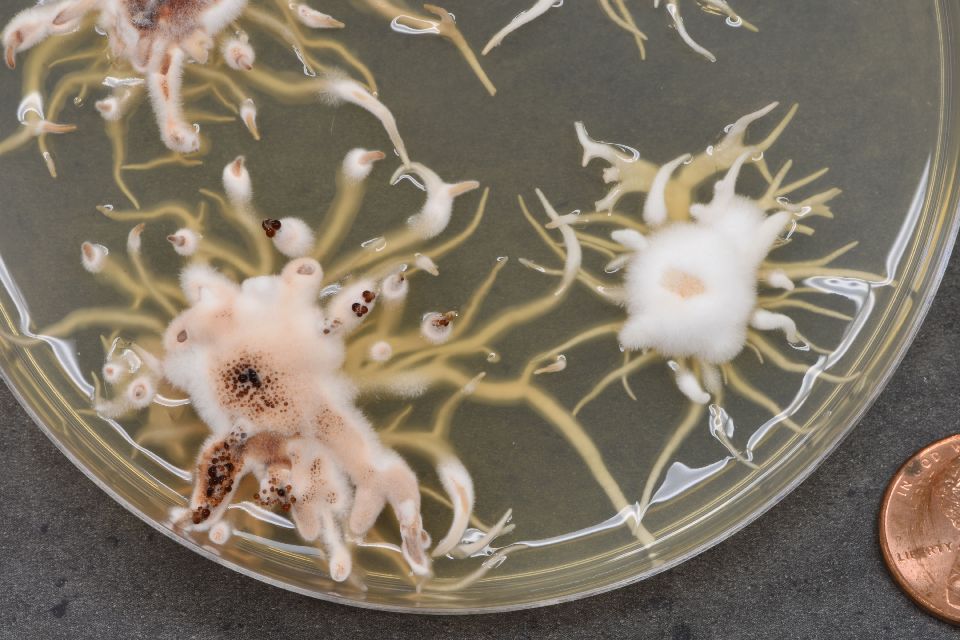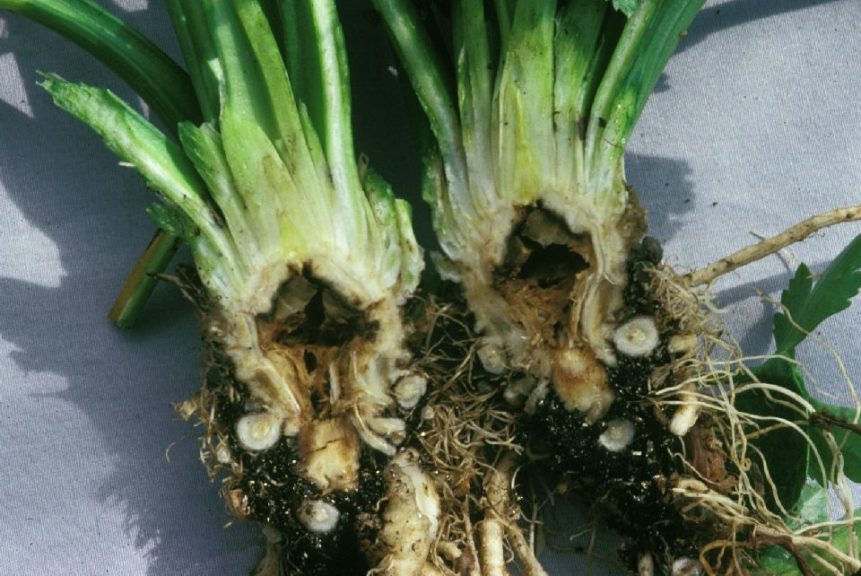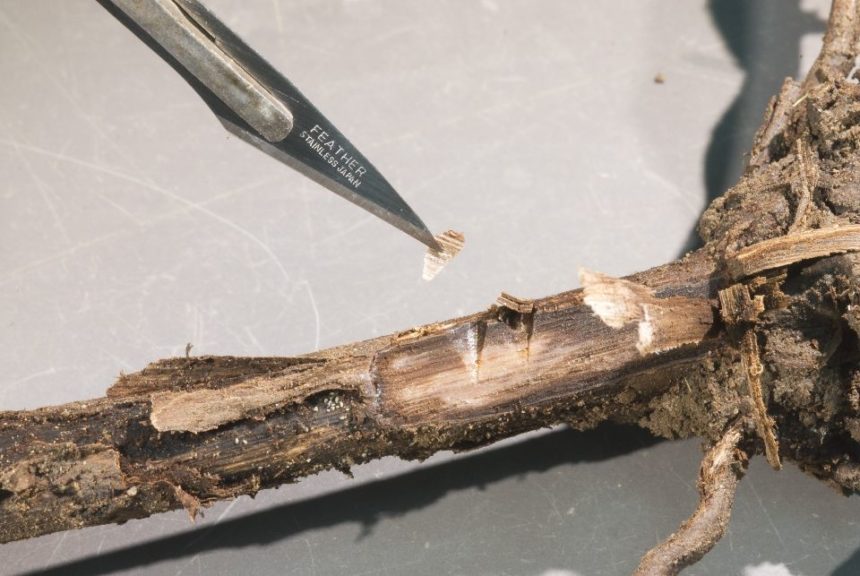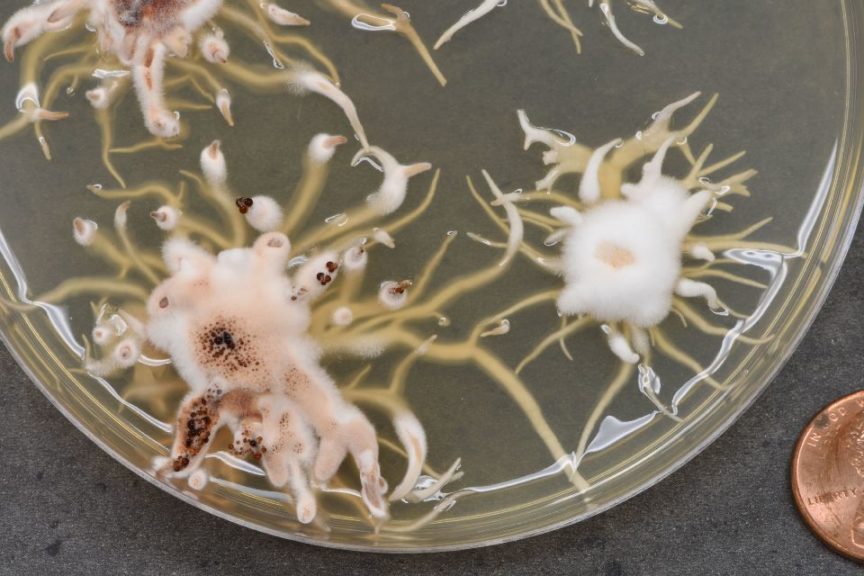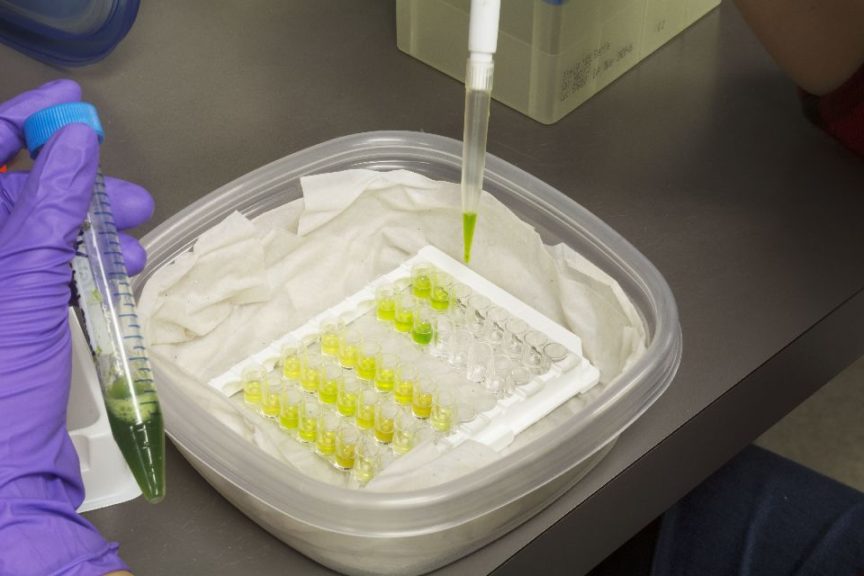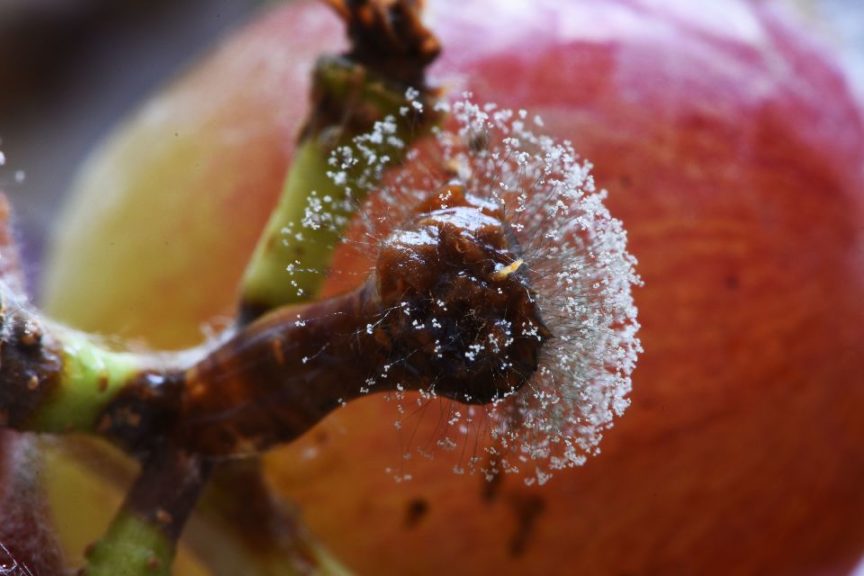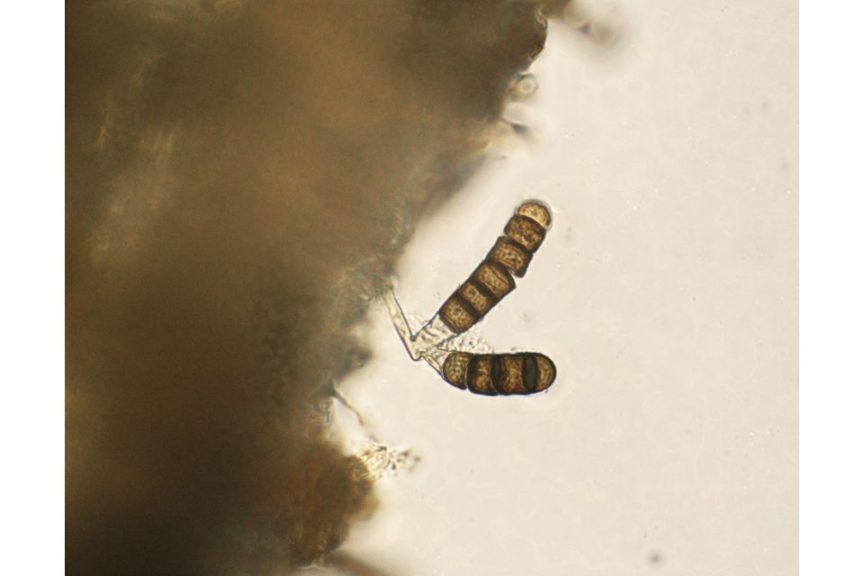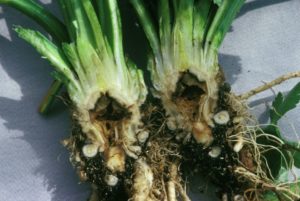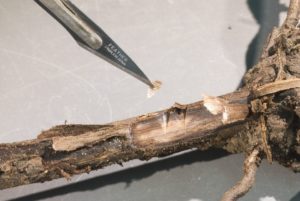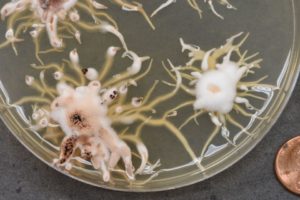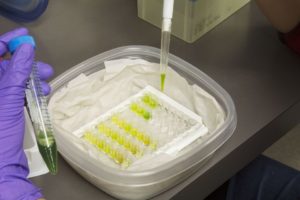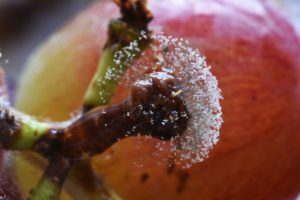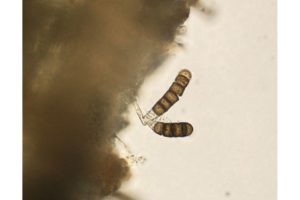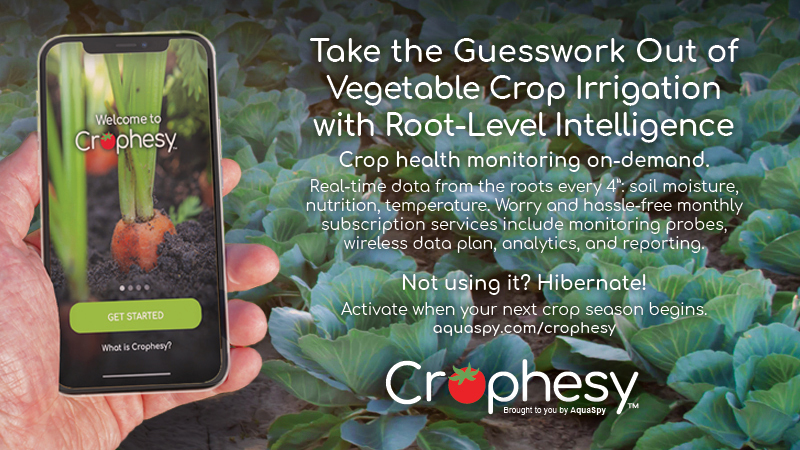What Coronavirus Testing Can Teach You About Ag Diagnosis
The COVID-19 virus has assaulted communities throughout the world with unprecedented challenges and tragedies. Millions of people have gotten sick, suffered, and/or died. Unimaginable numbers of people have lost income, jobs, and support. The operations of educational systems, businesses, and medical systems face uncertain futures. All these consequences, from a novel virus pathogen, are new experiences for our generation who are striving to survive this pandemic.
However, one aspect of this COVID-19 pandemic is not new to us. COVID-19 reminds us of what we already knew, that pathogen testing is extremely important for human health and well-being.
In fact, the discussions and debates regarding COVID-19 testing can serve as a reference for the testing dynamics involved with plant disease diagnosis and management in agriculture.
Disease Confirmation Relies on Testing
In a rare example of virtually universal consensus, people realize testing is absolutely essential to confirm the presence of COVID-19. If no test is administered, then there is no possible confirmation that COVID-19 infection took place. Symptoms may be present or absent, mild or severe, but if there is no test, there remains only speculation.
In general, confirmation of a plant pathogen on a crop likewise is dependent on testing. Like COVID-19, the pathogens that affect plants are not visible with the unaided eye. Microscopic fungi, bacteria, and nematodes and sub-microscopic viruses need to be confirmed with appropriate tests. Experienced growers and other field personnel may have a very educated, experienced feeling about the possible presence and role of a pathogen; however, diagnosing the disease on a crop without including a test remains to some degree a guess.
We should not overstate this dependence on testing, since there are exceptions to this confirmation-requires-testing rule. As field professionals know, powdery mildew on vegetable and fruit crops results in the very visible development of mycelial and spore growth on the surfaces of plants. You can readily recognize such signs without a formal lab test. Most rust pathogens of crops result in the signature orange to brown fungal pustules on plant foliage. You can diagnose rust disease on most crops without clinical testing, though identifying the exact rust species again requires lab work.
Pathogen Diversity: What to Test For?
While there is little debate testing is necessary in this COVID-19 era, exactly what to test for is a bit more involved.
Throughout the world, the COVID-19 virus exists as several different mutated strains. Due to the existence of virus strains, medical diagnosticians and researchers must thoughtfully conduct research to ensure COVID-19 diagnostic tests react to all known variants.
This pandemic initially started in China with strain L of the virus. Health officials soon detected strain S, the first detected mutated variant of COVID-19. Along the way, strain V showed up. Presently, strain G and its variant strains GR and GH mostly plagues the world.
Medical researchers must ensure diagnostic COVID-19 tests react to all of the known strains. Otherwise, they risk having false negative results if a strain or two goes undetected.
Another complication? In addition to current pandemic concerns, COVID-19 is hardly the only respiratory pathogen that plagues us. Some symptoms of COVID-19 can mimic any of the multitude of cold and flu virus diseases, thereby making diagnosis more complicated.
Crop Diseases Require Broad Testing, Too
What do we test for in the agricultural world? The wide range of pathogens that can cause similar symptoms complicates plant disease diagnosis. Any one of several fungal, bacterial, or viral agents can cause particular foliar, flower, or fruit problems.
Different fungal or nematode invaders can damage roots and vascular systems, resulting in overlapping symptoms. Therefore, the agricultural diagnostician often must sort through the symptoms and arrive at a short-list of probable causal agents.
In the interest of being thorough, ag technicians often run multiple tests so they miss nothing.
For example, they may test a leaf spot sample for a fungal agent, as well as two different bacterial ones. They will subject distorted, malformed leaves or flowers to several different virus assays to make sure they do not omit a causal virus. Another example? They may test diseased roots for a soilborne fungus pathogen as well as test for parasitic soil nematodes with an extraction process.
In parallel with human pathogens that occur as various strains, plant pathogens can also exist in the forms of different species, strains, races, pathotypes, and other variations on a microbial theme.
Testing strategies sometimes need to account for such diversity. The Xanthomonas bacterium causes a bacterial spot disease of pepper and tomato. Researchers have documented that this pathogen is quite diverse and consists of four species, all of which look identical in culture plates. Some of these Xanthomonas isolates infect pepper only, some infect only tomato, while others can cause disease on both crops. Differentiating between the various species requires certain tests and assays.
The soilborne pathogen Fusarium oxysporum causes Fusarium yellows of celery. In recent years, the new aggressive race 4 of this celery pathogen is causing severe disease on this crop. Celery growers cannot know for sure if they have the race 4 problem without a specific molecular test that is used on symptomatic plant tissue.
Complicated Mechanics of Testing: How to Do It?
The subject of COVID-19 testing has reminded us of the complicated, complex world of testing for pathogens. Our medical and research experts must address three major questions.
- Which type of test to use? RT-PCR methods can accurately detect the virus nucleic acid but produce results more slowly. Also, high-volume demand for RT-PCR testing can overwhelm availability. Antigen tests are another, perhaps quicker option. But they’re less sensitive and might result in higher numbers of false negatives.
Researchers are investigating antibody assays for blood tests, but are finding inconsistent results so far. - How to collect suitable samples? If medical staff do not collect the sample appropriately, it can render even the best COVID-19 test unreliable. If they do not jab the dreaded nasopharyngeal swab in deeply enough, they can miss the virus.
- When to test people? The COVID-19 virus has to be present in the human host in sufficient numbers in order to be detected. Researchers find that a recently infected person, who does not yet manifest symptoms, will have a high likelihood of testing negative for COVID-19. However, if that person is tested on about the fifth day (when symptoms may begin to show) after first infected, the percent chance of a false negative test drops significantly. These data show us that timing is a critical aspect of COVID-19 testing.
Testing for plant pathogens faces the same three questions:
1. Which Type of Test?
Agricultural diagnosticians have different test methods to choose from. The search for viable, culturable microorganisms will usually be conducted by placing sanitized pieces of symptomatic tissue onto one or several agar-based microbiological media. Plant pathologists also have access to molecular (PCR, for example) and serological (ELISA) tools to search for DNA/RNA and protein antibodies, respectively. Incubation methods, in which symptomatic plant tissues are kept in a warm, moist chamber, can allow the pathogen to grow out and become visible for examination. Examination of diseased plant tissues or petri plate fungal cultures with a microscope is a key step in the testing process.
2. How to Collect Suitable Samples?
Collecting plant samples for analysis is not a simple process. Like COVID-19 sampling, a plant sample that is not collected properly can result in negative results and false diagnoses.
A common mistake occurs when the collector does not submit the proper part of the symptomatic plant. A diseased plant may be showing signs of a foliar disease due to yellowed or blighted leaves and shoots. A field inspector may clip off these shoots and submit them for testing.
However, in some situations a root or crown pathogen may be preventing sufficient water and nutrients from reaching the top canopy of the plant, resulting in the yellowed and blighted appearance; failure to dig up and submit the entire plant, including roots, would result in a misdiagnosis.
In contrast, some field personnel may dig up the root system for testing, then chop off the foliage for easier transport or shipping. The receiving lab may indeed find a root pathogen but would not be able to test the leaves for a virus that could also be affecting crop growth.
3. When to Test Crops?
This question may be a bit simpler to address compared to COVID-19 testing. In general, the onset of disease symptoms is the appropriate time for growers and field personnel to collect and submit plant samples for testing.
One can delay and wait too long, however. Plants that are in the late stages of disease development will start to decline and decay from the pathogen as well as from secondary rot organisms that are not true pathogens. Testing advanced, decayed samples may only result in the recovery of these secondary agents.
These challenges apply to testing old material. What about the other end of the spectrum – material that does not yet show any symptoms?
USDA and university researchers are conducting an interesting research project on spinach downy mildew. Using molecular methods, this team is attempting to detect the downy mildew pathogen in leaves that do not yet show symptoms. Early, pre-symptomatic detection might allow growers to harvest the crop earlier and reduce losses.
Moving forward with testing
In this COVID-19 era, testing methods and implementation will move forward. We’ll see improved methods developed. Testing capacity will increase. Medical researchers will teach us the optimum ways to deploy the tests, how to collect the best samples, and when to collect them. Agricultural diagnosticians will hopefully also advance the science and practice of plant pathogen testing and diagnosis. In fact, often it is the medical field that makes new and improved advancements, with the agricultural industry following. The industry then embraces and adapts such advancements to help those who produce our food and fiber.





